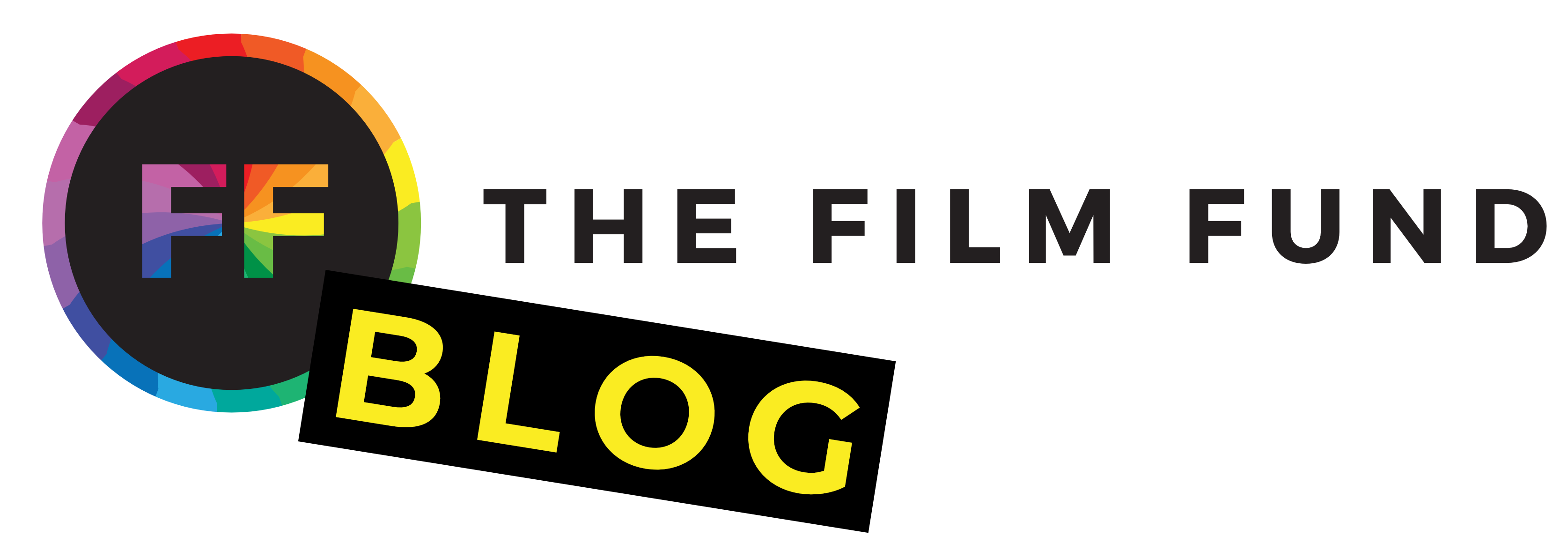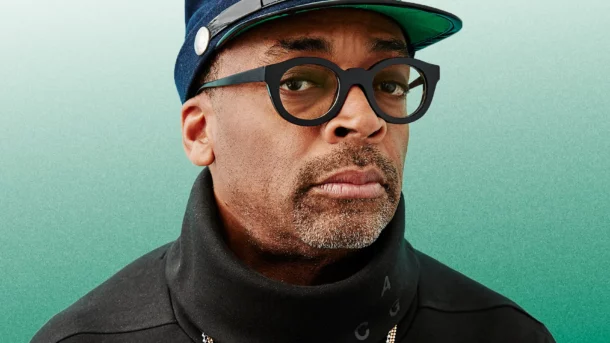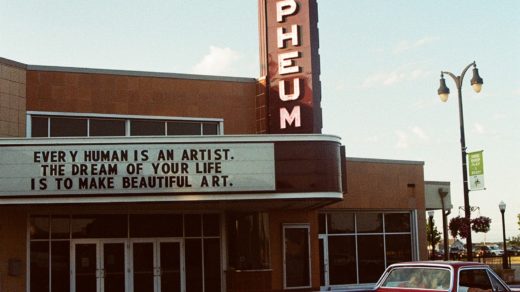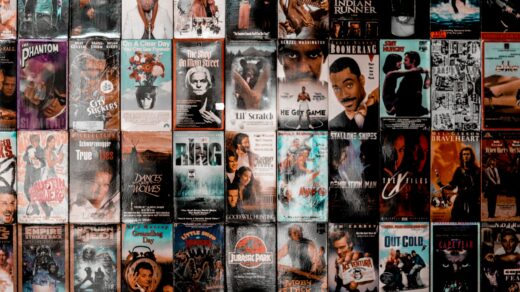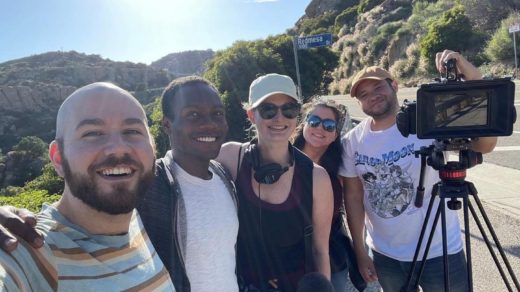Have you ever watched a film that left an indelible mark on your soul? One that not only entertained you but also challenged your perspectives on the world? If not, then allow me to introduce you to the cinematic genius of Spike Lee. From the vibrant streets of Brooklyn to the halls of historical significance, Spike Lee’s “joints” have captivated audiences for decades, offering profound insights into the complexities of race, identity, and injustice.
In this post, we’re diving deep into the world of Spike Lee joints, exploring how this visionary filmmaker tackles some of society’s most pressing issues through his artistry. We’ll dissect Lee’s unique filmmaking style, analyze his thematic explorations of race and identity, and reflect on the profound impact of his work on both cinema and culture.
Spike Lee’s films are cultural landmarks that challenge norms, provoke thought, and spark vital conversations. Through his distinct cinematic voice, Lee delves into the heart of racial tensions, interrogates the complexities of identity, and shines a glaring spotlight on systemic injustices. As we journey through his filmography, we’ll witness the transformative power of Spike Lee joints and uncover why his voice remains as relevant and essential as ever in today’s world. So, grab your popcorn and settle in as we embark on a cinematic odyssey through the lens of Spike Lee’s unparalleled storytelling.
Understanding Spike Lee’s Filmmaking Style

Personal Background: The Making of a Maverick
To truly grasp Spike Lee’s filmmaking style, we must first journey back to where it all began. Born in Atlanta and raised in Brooklyn, Lee’s upbringing in the vibrant borough played a pivotal role in shaping his artistic vision. Surrounded by a rich tapestry of cultures, languages, and perspectives, Lee developed a keen eye for storytelling that would later define his cinematic legacy. His experiences growing up in a diverse community infused his films with an authenticity and rawness that resonate with audiences worldwide.
Aesthetic Choices: Crafting Cinematic Masterpieces
What sets Spike Lee joints apart from the rest? It’s his unwavering commitment to pushing the boundaries of filmmaking. From his dynamic camera movements to his bold color palettes, Lee’s aesthetic choices are as distinctive as they are deliberate. Whether he’s capturing the pulsating energy of a Brooklyn summer or the simmering tension of a heated confrontation, Lee’s visual storytelling elevates his films to a realm of unparalleled artistry. Each frame is meticulously crafted, each shot a symphony of emotion and meaning.
Collaborations: The Power of Partnership
No filmmaker is an island; Spike Lee understands this better than most. Throughout his illustrious career, Lee has cultivated a network of collaborators who share his passion for storytelling and social commentary. From actors to cinematographers to composers, Lee surrounds himself with talent that not only complements his own but also enhances the overall impact of his films. Together, they form a creative powerhouse, united by a shared vision of using cinema as a vehicle for change and enlightenment.
By understanding Spike Lee’s personal background, aesthetic choices, and collaborative approach, we gain valuable insight into the essence of his filmmaking style. It’s this unique blend of personal experience, artistic innovation, and collective creativity that defines the magic of Spike Lee joints and cements his status as a true cinematic trailblazer.
Themes of Race and Identity in Spike Lee’s Films
“Do the Right Thing”: A Heatwave of Racial Tensions
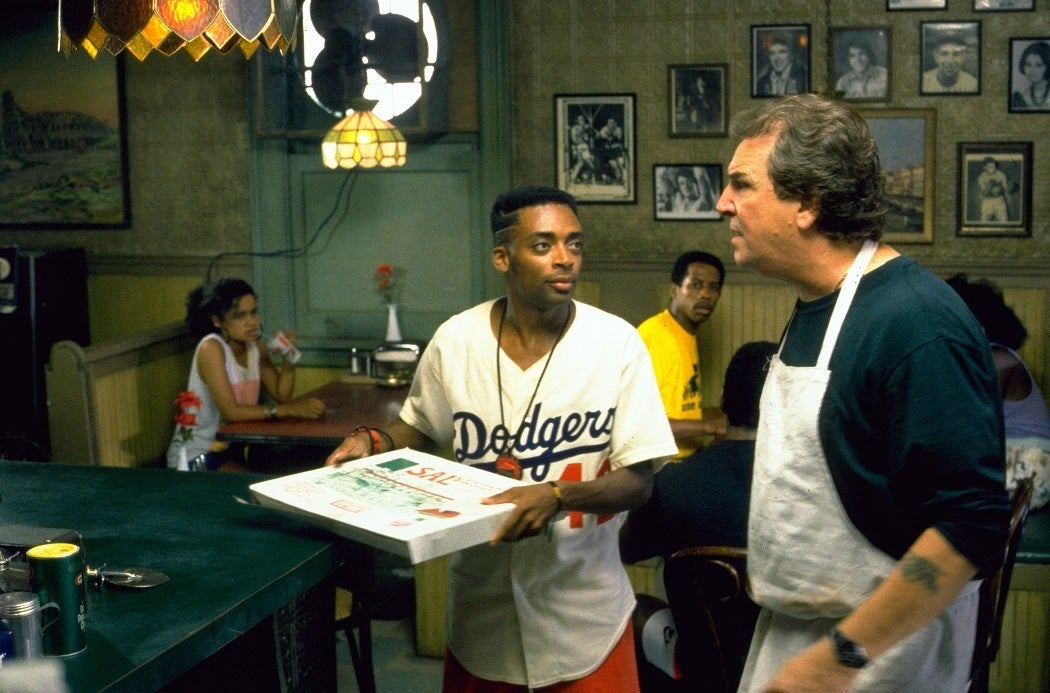
In “Do the Right Thing”, Spike Lee thrusts us into the sweltering heat of a Brooklyn summer, where simmering racial tensions threaten to boil over. Through the lens of a diverse cast of characters, Lee explores the complexities of race, prejudice, and community dynamics with unflinching honesty. From the iconic character of Mookie to the explosive climax that leaves viewers grappling with moral ambiguity, “Do the Right Thing” remains a potent reminder of the enduring legacy of systemic racism and the urgent need for societal change.
“Malcolm X”: The Evolution of Identity

Few figures in American history loom as large as Malcolm X, and in his epic biopic, Spike Lee offers a nuanced portrayal of the civil rights icon’s journey from street hustler to revolutionary leader. “Malcolm X” delves deep into questions of identity, faith, and self-discovery, tracing Malcolm’s transformation from Malcolm Little to El-Hajj Malik El-Shabazz. Through Denzel Washington’s mesmerizing performance and Lee’s deft direction, the film challenges audiences to confront their own preconceptions about race, religion, and power.
“Jungle Fever”: Love and Prejudice in Black and White

In “Jungle Fever”, Spike Lee ventures into the minefield of interracial relationships, shining a light on the complexities and contradictions that arise when love transcends racial boundaries. Through the tumultuous affair between Flipper, an African American architect, and Angie, his Italian American secretary, Lee exposes the deep-seated prejudices and societal pressures that threaten to tear them apart. With a keen eye for social commentary and an unflinching commitment to truth-telling, “Jungle Fever” challenges audiences to confront their own biases and assumptions about race and romance.
Spike Lee joints serve as powerful mirrors that reflect the multifaceted realities of race and identity in America. Through “Do the Right Thing”, “Malcolm X”, “Jungle Fever”, and countless other cinematic masterpieces, Lee invites us to confront uncomfortable truths, challenge ingrained prejudices, and strive for a more just and equitable society.
Confronting Injustice Through Film
“4 Little Girls”: Remembering Birmingham’s Tragedy

In “4 Little Girls”, Spike Lee pays tribute to the innocent lives lost in one of the darkest chapters of American history—the bombing of the 16th Street Baptist Church in Birmingham, Alabama. Through archival footage, interviews, and poignant storytelling, Lee honors the memory of Addie Mae Collins, Cynthia Wesley, Carole Robertson, and Denise McNair, four young girls whose lives were tragically cut short by racial hatred. “4 Little Girls” stands as a testament to Lee’s commitment to preserving the past, amplifying voices long silenced, and confronting the ugly truths of racial violence in America.
“BlacKkKlansman”: Unmasking the Faces of Hate

In “BlacKkKlansman”, Spike Lee delivers a powerful indictment of racism and white supremacy through the remarkable true story of Ron Stallworth, the first African American detective in the Colorado Springs Police Department. Posing as a white supremacist sympathizer, Stallworth infiltrates the Ku Klux Klan, exposing the virulent hatred and violence lurking beneath the surface of American society. With its potent blend of humor, suspense, and social commentary, “BlacKkKlansman” forces audiences to confront uncomfortable truths about the persistence of racism and the urgent need for collective action.
“When the Levees Broke”: Bearing Witness to Tragedy
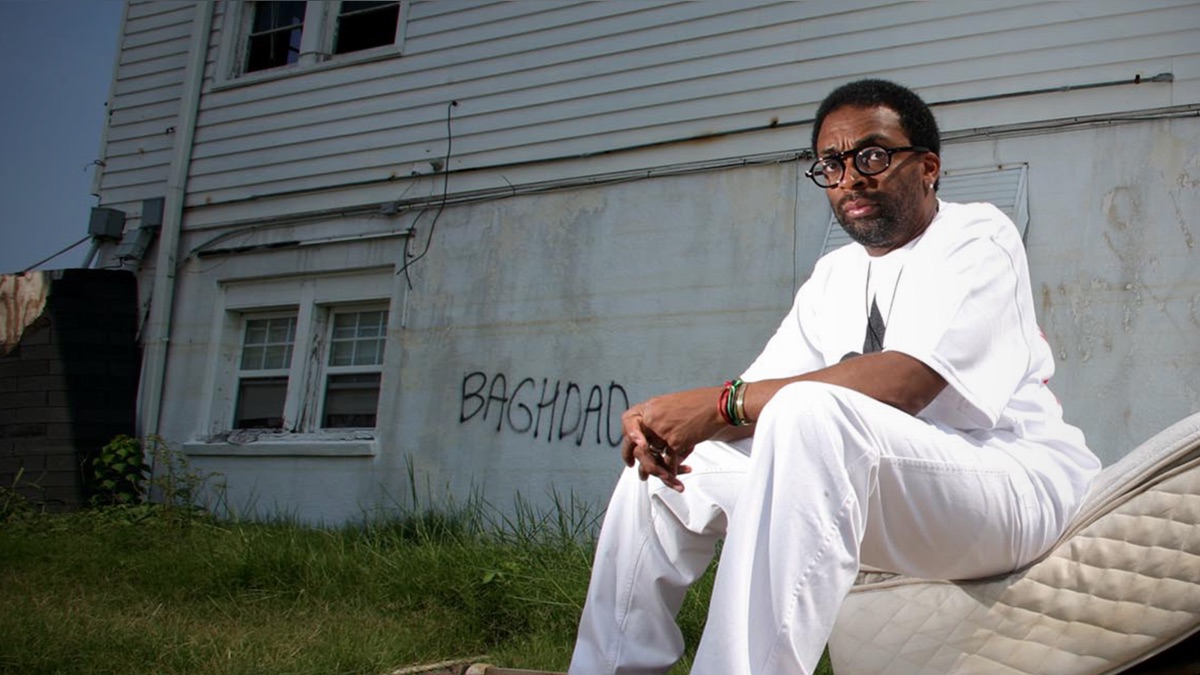
In “When the Levees Broke”: A Requiem in Four Acts, Spike Lee turns his lens on the devastating aftermath of Hurricane Katrina and the government’s botched response to one of the worst natural disasters in American history. Through interviews with survivors, politicians, and activists, Lee chronicles the human toll of the catastrophe, exposing the systemic failures and institutional neglect that exacerbated the suffering of New Orleans’ predominantly African American communities. “When the Levees Broke” serves as a searing indictment of racial and socioeconomic disparities in America and a rallying cry for justice and accountability.
Spike Lee joints are more than just entertainment; they’re powerful tools for social change and justice. Through “4 Little Girls”, “BlacKkKlansman”, “When the Levees Broke”, and others, Lee confronts injustice head-on, amplifying marginalized voices, challenging oppressive systems, and inspiring audiences to take action.
In Conclusion
As we come to the end of our journey through Spike Lee’s cinematic universe, let’s take a moment to reflect on the key insights we’ve gained. From his groundbreaking films like “Do the Right Thing” and “Malcolm X” to his searing documentaries like “4 Little Girls” and “When the Levees Broke”, Spike Lee has used his Spike Lee joints to confront injustice, challenge stereotypes, and elevate the voices of the marginalized. Through his bold storytelling and unflinching commitment to truth-telling, Lee has left an indelible mark on cinema and culture, inspiring audiences to confront uncomfortable truths and strive for a more just and equitable society.
And if you’re looking to tell a meaningful, touching, or poignant story but don’t have the income to make your dream a reality, we might have the answer. We are holding a short film funding contest where we award up to $10,000 in funding to the winners! Don’t worry about sending us a completed script. Instead, you just need to write one sentence that explains the premise of your short film and why you need our help. We take entries for both documentaries and narrative short films, so head over to our entry page to learn more!
